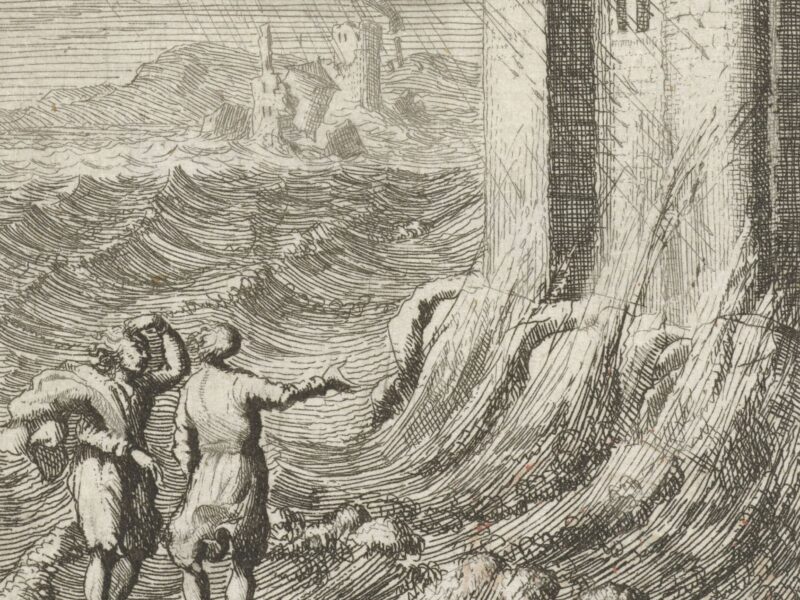
What the Rosary means to me – 18
My first impressions of the Rosary were not overwhelmingly positive: from the outside, the recitation of a fixed number of set prayers seemed tediously repetitious, and the beads themselves seemed more suited to the florid piety of the medievals than to a 21st century Englishman. Surely, I thought, there must be a more enlightened way of praying?
Serendipitously, it was during Blessed John Paul II’s Year of the Rosary that I began to take my faith more seriously. Reading his Apostolic letter Rosarium Virginis Mariae, I heard of the “urgent need to counter a certain crisis of the Rosary”, so that the Rosay could be rediscovered as “among the finest and most praiseworthy traditions of Christian contemplation”, which still remains “at the dawn of the third millenium, a prayer of great significance”. Realising my own reservations to be prejudice, I bought a Rosary, and decided to give it a go.
What I discovered is that the form of the Rosary is not a condescension, but a distillation of wisdom, an accretion of centuries of insights into human nature, that recognizes the difficulties we have in bringing our restless bodies and minds to meditative stillness. The recitation of the prayers, and the telling of the beads, are not the ‘main event’, but form a space in which the Spirit can draw us into the mysteries we contemplate: in the Spirit, we too become ‘eyewitnesses’ to the life, death, and resurrection of the Lord, through the eyes of His mother.
So for me, praying the Rosary is an ‘expression of communion’ not only with those throughout the world who pray it today, but with those countless generations who have gone before us. The Rosary may seem peculiar by modern standards, but that is because it is the wisdom of the carpenter, not the wisdom of the world: it represents one answer – provided by the Spirit through the Church – to the question the Lord’s disciples have put before Him from the very beginning – “teach us how to pray!” (Lk 11:1).


